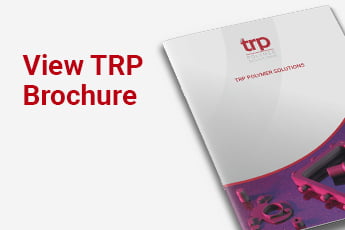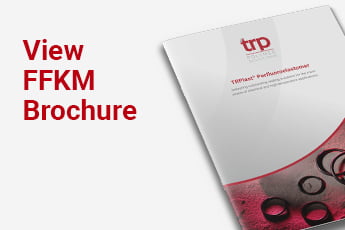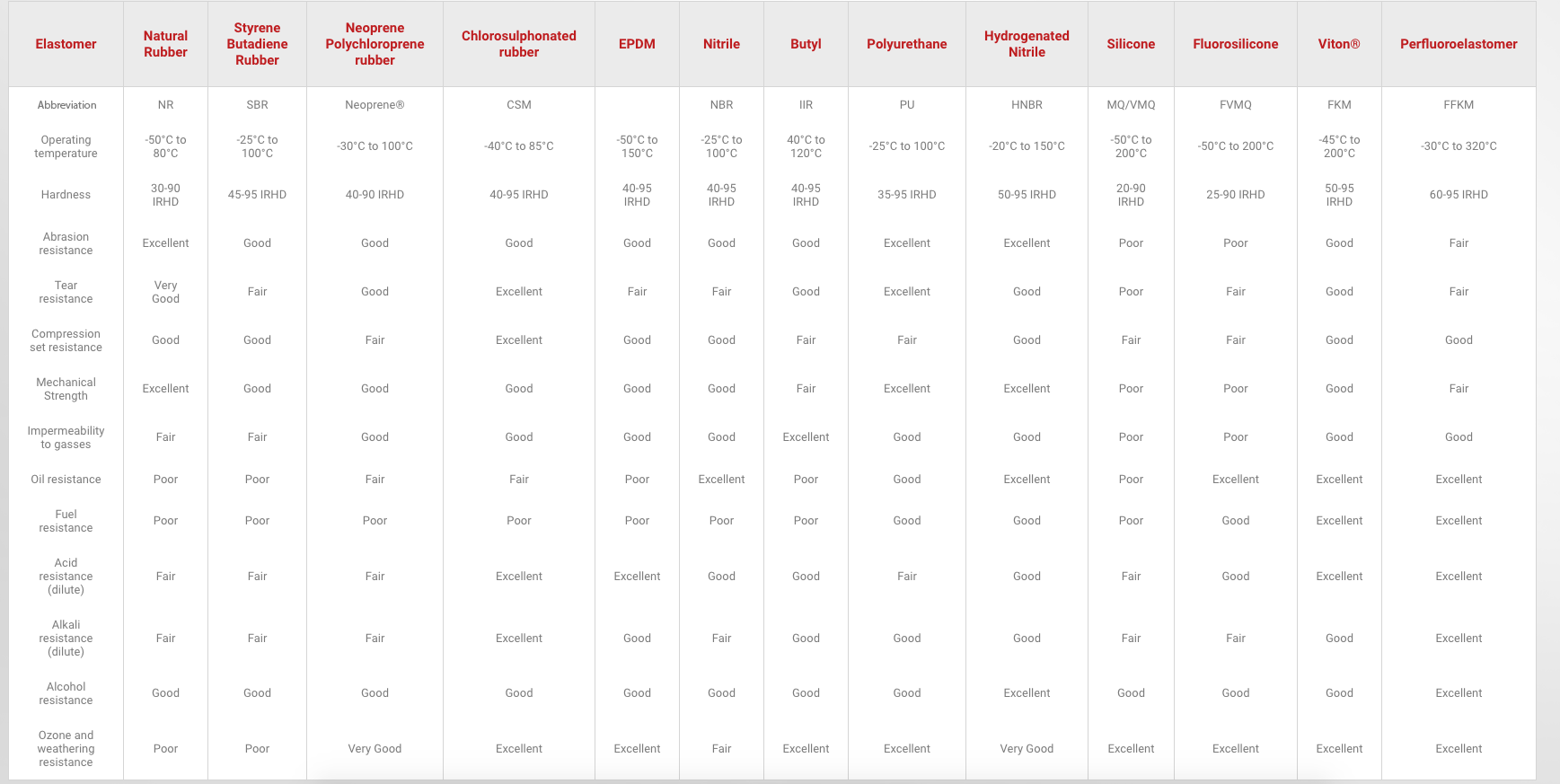Why industries choose elastomer O-rings
Find out where elastomer O-rings are most commonly used, and also why this type of seal is chosen above all others. In this article, we outline the benefits and applications of elastomer O-rings, as well as highlighting why you should make us your supplier of choice.
Why elastomer O-rings are used
- Elastomer returns to its original shape
- Natural resiliency provides the seal
- Simple, economical and reliable
Natural resiliency and seal performance
At zero or very low pressure, the rubber compound’s natural resiliency provides the seal. The seal’s performance can be improved by increasing the diametrical squeeze. However, this can have an adverse effect in higher-pressure dynamic sealing applications.
Incompressible elastomer properties
O-rings create a seal by blocking any potential leak path of a fluid between two closely spaced surfaces. They are typically installed in a machined groove in one of the surfaces to be sealed and, as the two surfaces are brought together and form a gland, they squeeze the cross-section of the O-ring.
This results in a deformation of the O-ring cross-section. The greater the squeeze, the larger the deformation. Due to the highly viscous, incompressible properties of elastomer materials, FFKM O-rings have the capacity to ‘remember’ their original shape over an extended timeframe.

Where O-rings are used
O-rings are simple and therefore inexpensive, which goes a long way towards explaining their popularity in manufacturing. O-rings can withstand a large amount of pressure, so are used in a variety of applications where pressure loss or leaks are unacceptable.
- Rotary Seals – O-rings can be reliable rotary seals under the correct conditions. The appropriate O-ring compound should be matched with the right hardware configuration, feet-per-minute values and shore hardness for optimal results.
- Static Axial Seals – It is essential to ascertain whether the pressure is coming inwards or outwards when designing grooves for static axial seals. In outward pressure applications, the outside diameter of the groove is primary and vice versa is true of inward pressure applications. This ensures that the O-ring requires the minimal amount of movement to seal the extrusion gap.
- Dynamic Seals – O-rings are used within dynamic reciprocating applications, such as pneumatic piston or rod seals. Smaller diameter O-rings perform well in short stroke applications. While thicker cross sectional O-rings are more suited to longer stroke applications.
Where to buy O-rings
TRP Polymer Solutions manufactures high performance O-rings in a range of durable, high specification materials, including Perfluoroelastomer (FFKM), Fluoroelastomer (FKM), Silicone (MQ/VMQ), Hydrogenated Nitrile (HNBR) and Fluorosilicone (FVMQ).
We are committed to customer care, which is why we offer rapid delivery. For existing tooling, delivery can be 2-3 working days, while new tooling may take up to 7 days, depending on the size of the product.
For more information about our entire range of elastomer O-rings, please contact us today by calling out expert team of advisers on 01432 268899.






